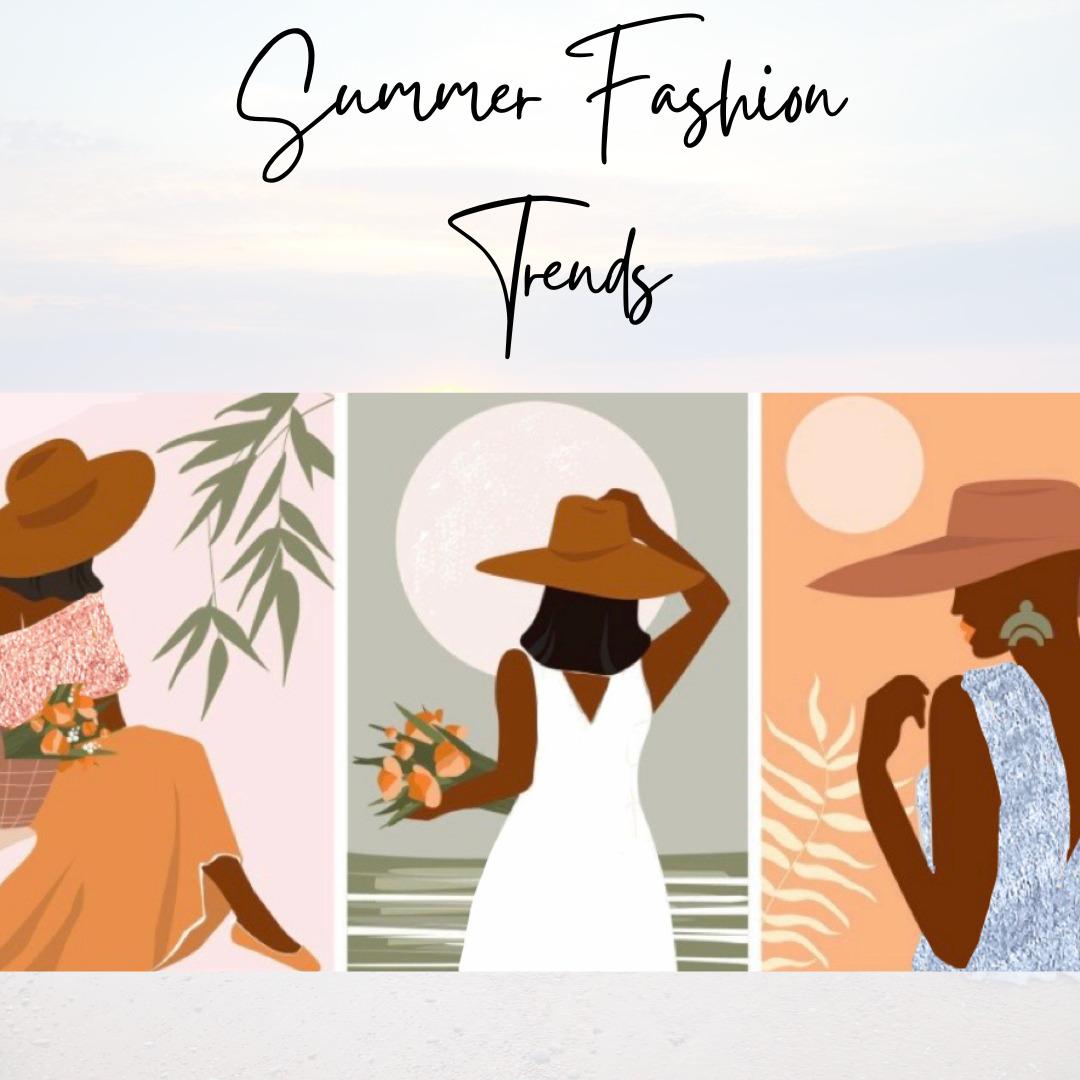In honor of Women’s History Month, fashion student Nicole Lardner shares the stories of four influential female fashion designers throughout history.
Happy Women’s History Month! Something that astonishes me as a fashion student is how little female designers get recognized throughout history. Fashion was built on the creativity of women and I believe there needs to be more recognition within the industry, so in honor of Women’s History Month, I want to share four historical female designers that I believe deserve more recognition.
Elsa Schiaparelli
Elsa Schiaparelli, known for starting the clothing brand Schiaparelli, was a fashion innovator. Born in 1890, Schiaparelli revolutionized fashion in the 1930s. According to the article, “A Shocking Life,”, she was known for collaborating with surrealist artists such as Jean Dudand. Some of her designs include her “lobster dress,” as well as her 1938 pagan collection thatwhich incorporated fake foliage and bugs. Many celebrities in the 1930s wore her designs, such as, like Greta Garbo and Katherine Hepburn. Schiaparelli was the first woman to be featured on the cover of American Time magazine in 1934. The color of her design — shocking pink — became her signature. During World War II, she fled Europe and tried to continue her career in America, giving talks on the theme “Women and Clothing,” and then after the liberation of France, she returned to Paris to continue her haute couture line. In 1954, she decided to retire from fashion after she released her revolutionary “Cosmic” collection. Her fashion brand is still extremely successful, being worn by modern-day celebrities like Doja Cat and Kylie Jenner.
Mary Quant
Born in 1930, Mary Quant is the designer of some of the 1960s’ most iconic designs. According to the article “Introducing Mary Quant,” Born in 1930, Quant’s iconic floral design is still recognizable today. Quant started her career as an illustrator, which led her to work in a revolutionary London boutique, Bazaar. While Quant began selling clothes available for wholesale, she started to become frustrated with the clothes available for women. Quant first experienced success in the fashion industry after a pair of pants she designed became wildly successful. These pants were featured on a cover of Harper’s Bazaar, and were purchased by an American manufacturer. After this success, she started stocking the boutique with more of her designs. Even though Quant was a self-taught designer, her hunger for creating new innovative designs satisfied her customer’s need for trendy styles. Throughout the ‘50s and ‘60s, Bazaar was a staple for young women’s styles and those who wanted to be a part of the London fashion scene. As Bazaar expanded, one of Quant’s designs started to gain international notoriety: the mini skirt. She’s also credited with creating hot pants in 1966 and skinny rib sweaters that became staples of the era. Quant’s designs found success beyond the ‘60s however, as she receivedwas awarded the Hall of Fame Award fromby the British Fashion Council in 2011.
Diane von Fürstenberg
Diane von Furstenberg was born in 1946 in Brussels, Belgium, and is known for her creation of the iconic wrap dress. According to The Business of Fashion, she started her career in economics, but after her marriage to Italian Prince Egon zu Fürstenberg, she began to model. Her time as a model sparked her interest in design and she started a fashion line. Although she started with simple clothing items, Furstenberg invented her most iconic clothing piece, the wrap dress, in 1974. Furstenberg became a role model in the world of female fashion CEOs and sold millions of wrap dresses by 1976. Throughout the 1970s, Furstenberg found great success with a sunglasses and luggage line as well. She opened her first cosmetics shop in 1983 and soon after moving to Paris, she started to move into publishing. In the 1990s, she re-ignited her dress line, Diane von Furstenberg, which is still successful.
Rei Kawakubo
Rei Kawakubo, born in 1942 in Tokyo, is known for her extravagant designs. According to The Business of Fashion, Kawakubo started her career as an advertising specialist at a textile company, which allowed her to become involved in the fashion industry. In 1969, she started selling her designs under the Comme des Garçons label and opened her first CDG shop in 1973. By 1983, she had opened 150 stores, becoming insanely successful throughout the decade. Kawakubo had an androgynous design philosophy, leaning towards a boy-like silhouette in her ensembles. Her designs were highly conceptual, voluminous and refused to follow trends. In 1988, Kawakubo started her own magazine Six, which combined contemporary art and ideas, as well as displaying Kawakubo’s designs. Kawakubo further expanded CDG during the 1990s, releasing a unique line of perfumes under the Garçons label that reached massive success during that decade, as well as her own pop-up stores, which are now credited for the inspiration for the pop-up shops of today. Kawakubo also received numerous awards, including the Excellence in Design Award from the Harvard University Graduate School of Design in 2000.
This month, try to celebrate indie women designers and uplift the women in your life. Happy Women’s History Month, Tigers!
Edited by Ever Cole | [email protected]
Copy edited by Matt Guzman and Lauren Courtney








